‘Brutalist Berlin’ is an essential new guide for architectural tourists heading to the city
Blue Crow Media’s ‘Brutalist Berlin’ unveils fifty of the German capital’s most significant concrete structures and places them in their historical context
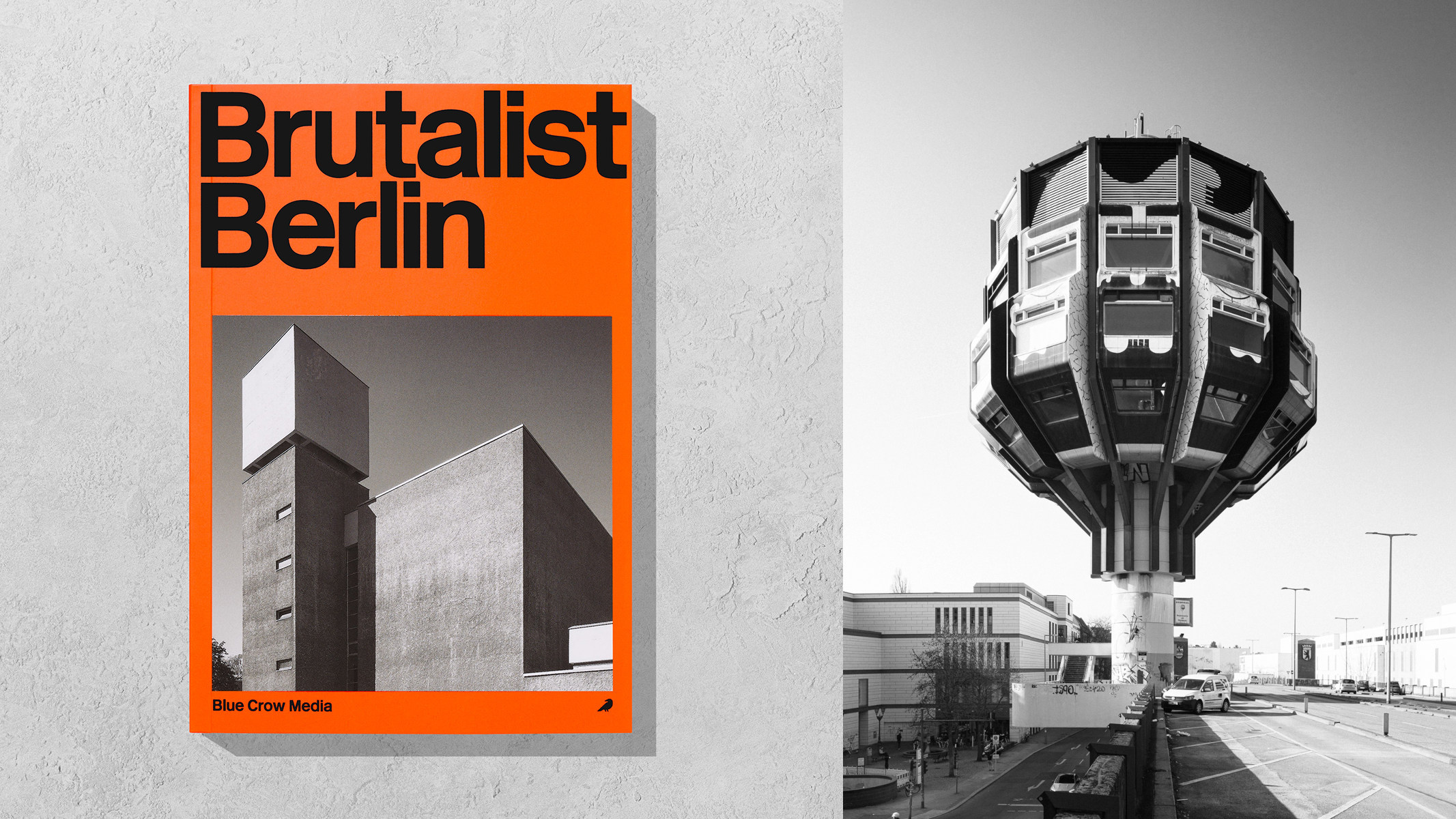
Our bookshelves are buckling under the sheer weight of concrete volumes, but Blue Crow Media’s latest treatise on the topic is at least lightweight – in form if not in subject. Brutalist Berlin is a love letter to German concrete, an exploration of fifty key structures that also tell the tale of the capital’s tumultuous twentieth century.
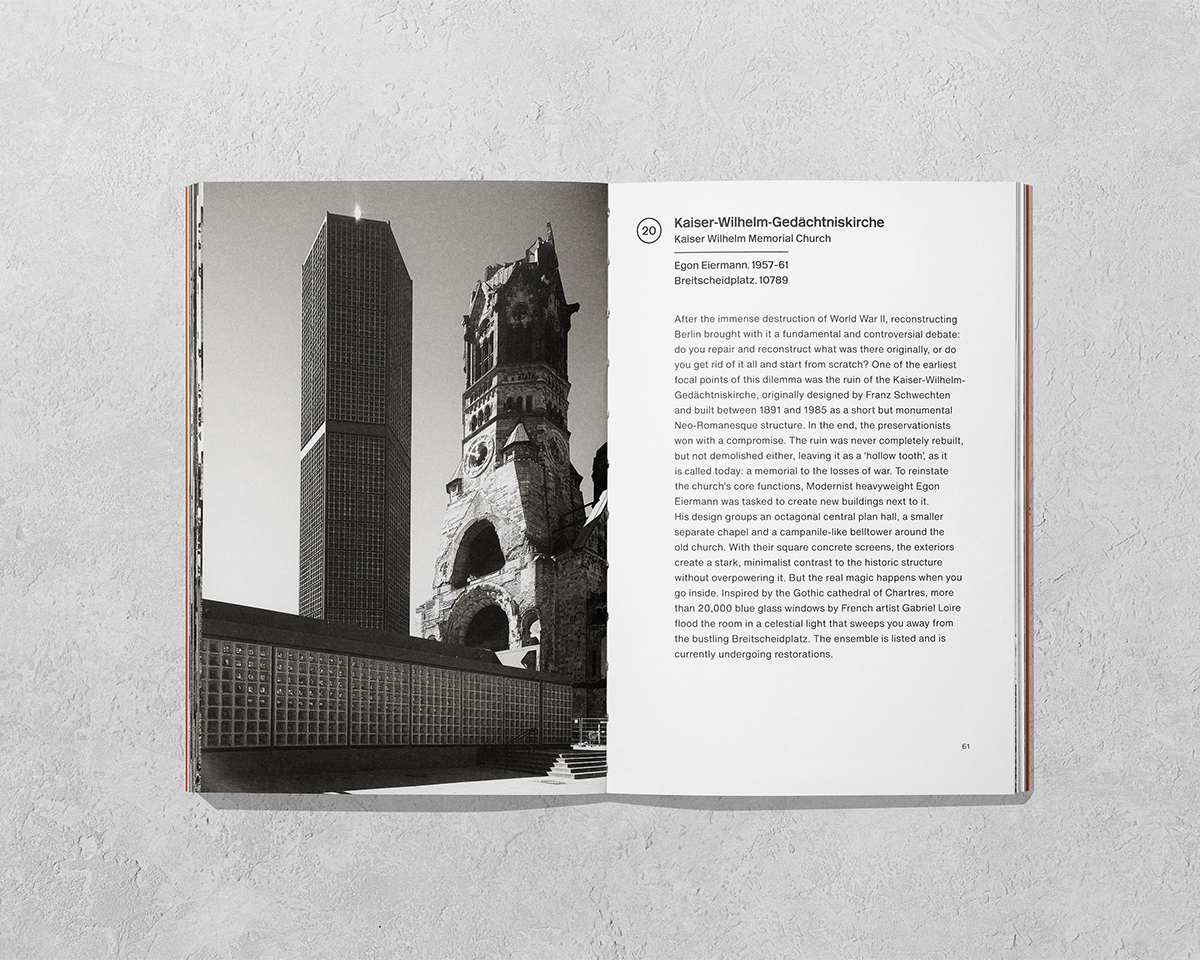
A spread from Brutalist Berlin
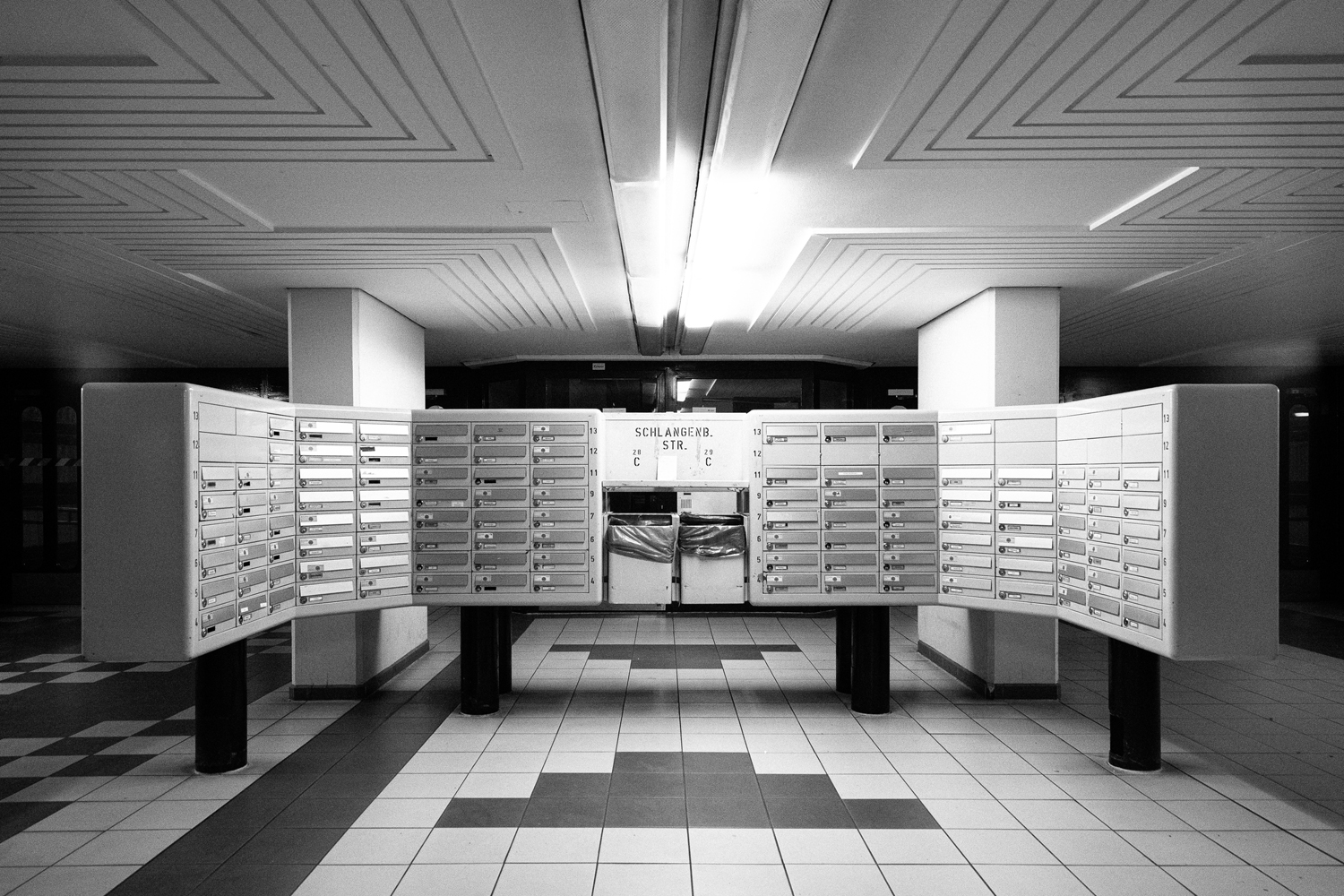
Autobahnüberbauung Schlangenbader Straße, George Heinrichs / Gerhard and Klaus Krebs, 1976-81. Containing over 1,000 apartments, this massive West Berlin structure was designed as a city within a city
Flick through the pages of 'Brutalist Berlin'
As the original city of rain-streaked romance and all forms of subversion, Berlin is struck through with sentimental, overpowering architectural gloom. Its plethora of post-war Brutalism either helps or hinders this image, depending on your stance on this most divisive of all building materials. Naturally, author, photographer and architectural historian Felix Torkar is on the side of the aggregate angels.
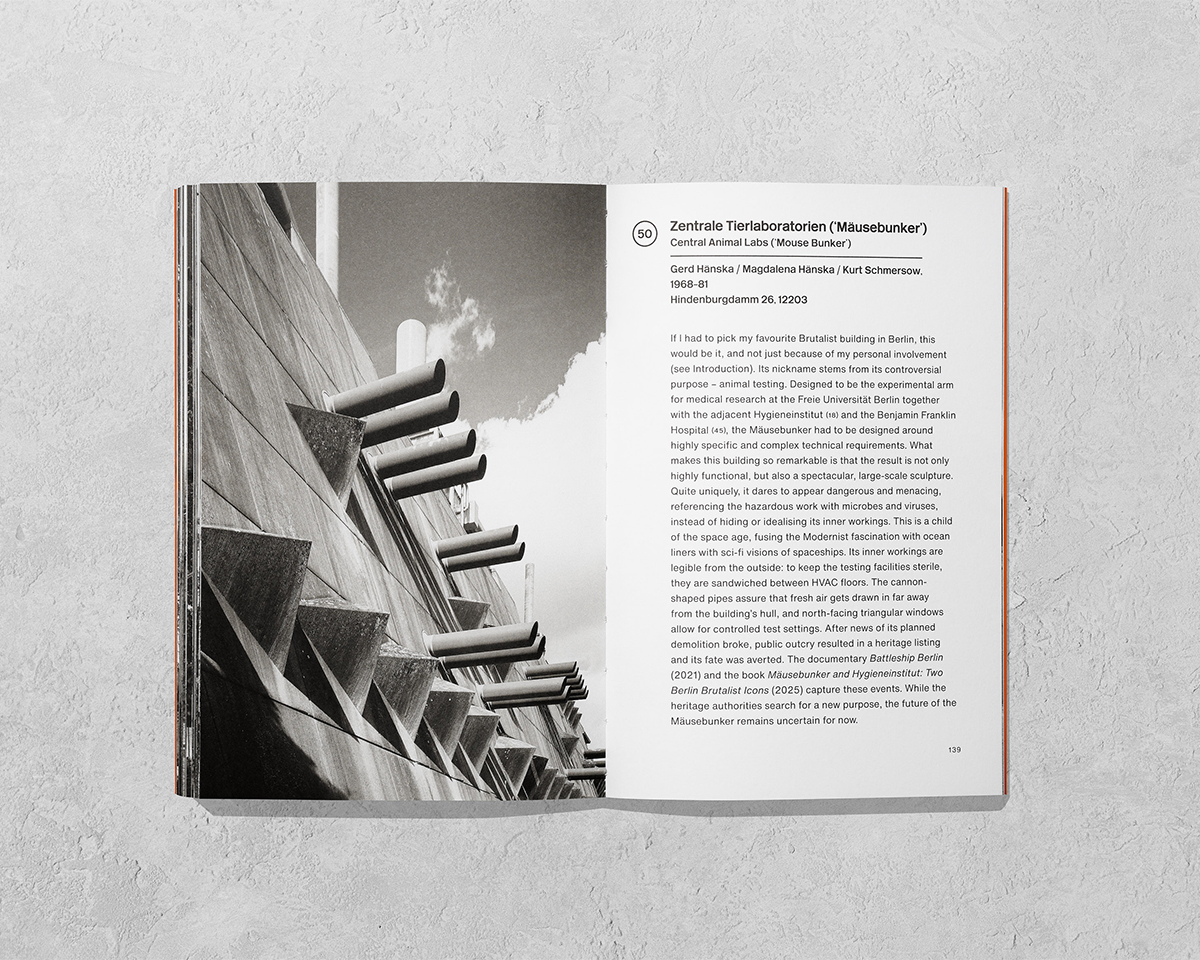
A spread from Brutalist Berlin
Brutalist Berlin is both guidebook and history lesson, an expanded version of Torkar’s Brutalist Berlin map (2021). It’s part of a series that has allowed Blue Crow to effectively corner the market in charting and mapping the world’s dwindling stock of Brutalist masterpieces, from Paris, Boston, Montreal and London. The new book on Berlin follows on from Brutalist Interiors and is part of the publisher’s pivot to monographs as well as maps.
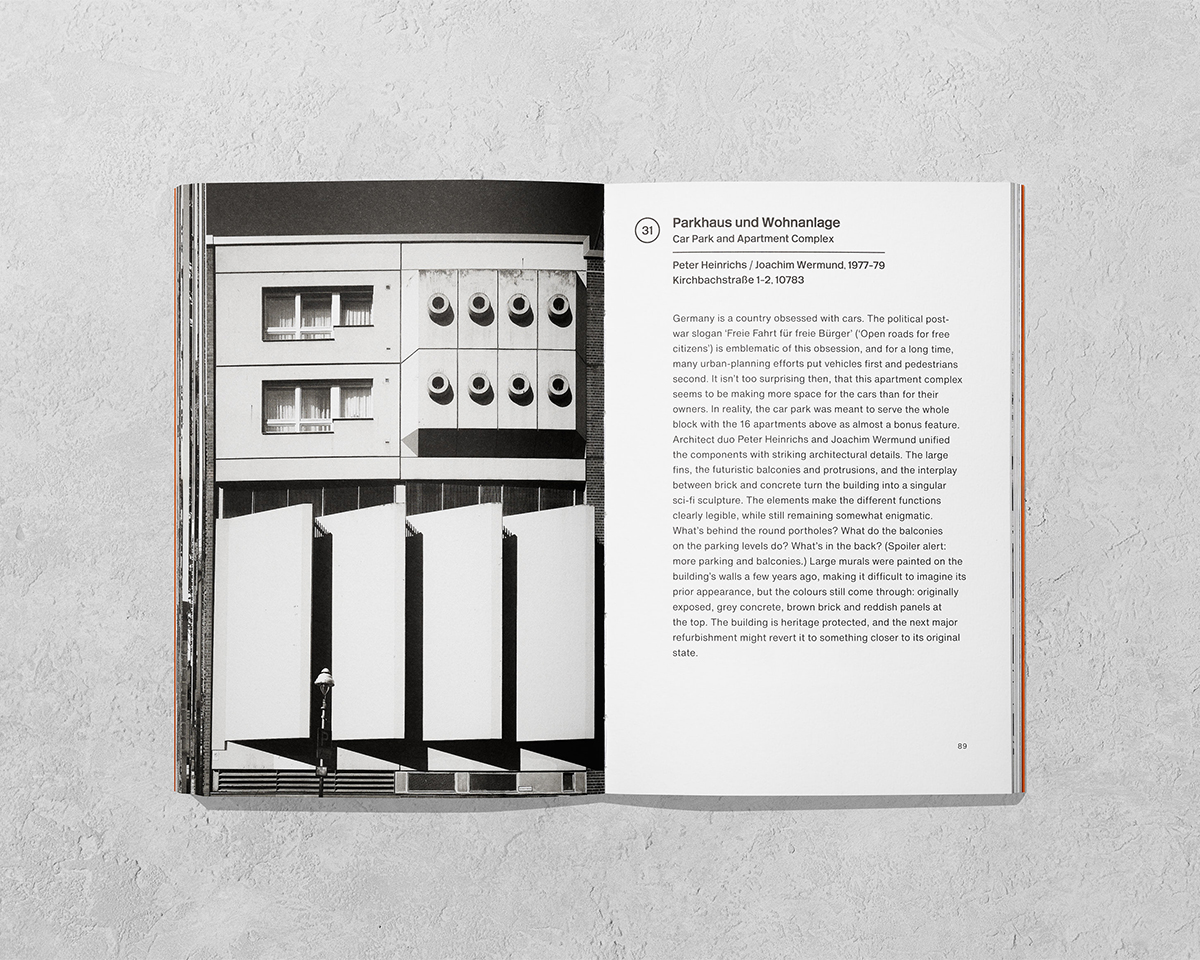
A spread from Brutalist Berlin
Some key buildings from Brutalist Berlin
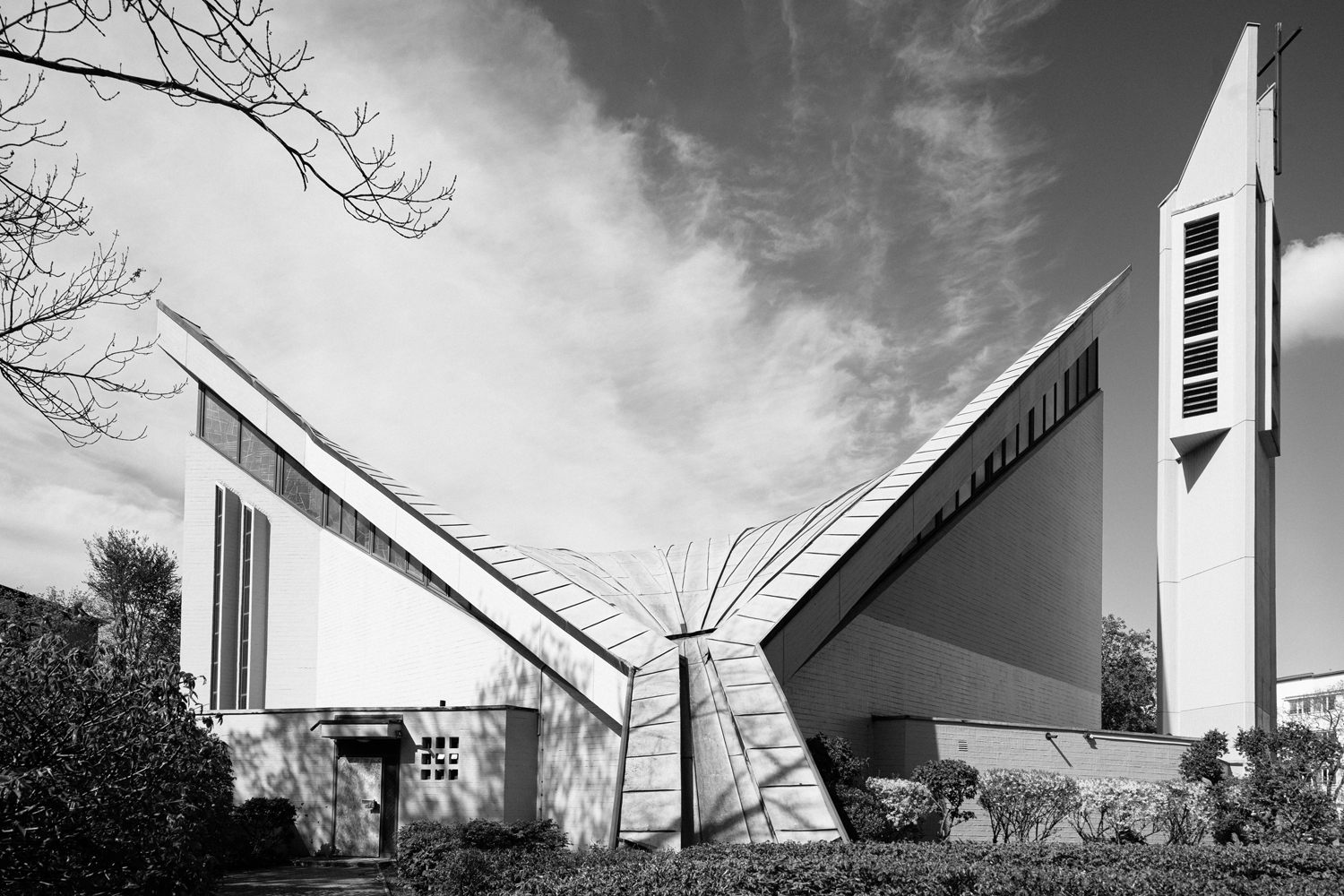
Kirche Maria Frieden, Günter Maiwald, 1967-69. One of the city’s boldest contemporary churches. The interior contains a triptych by Otto Dix
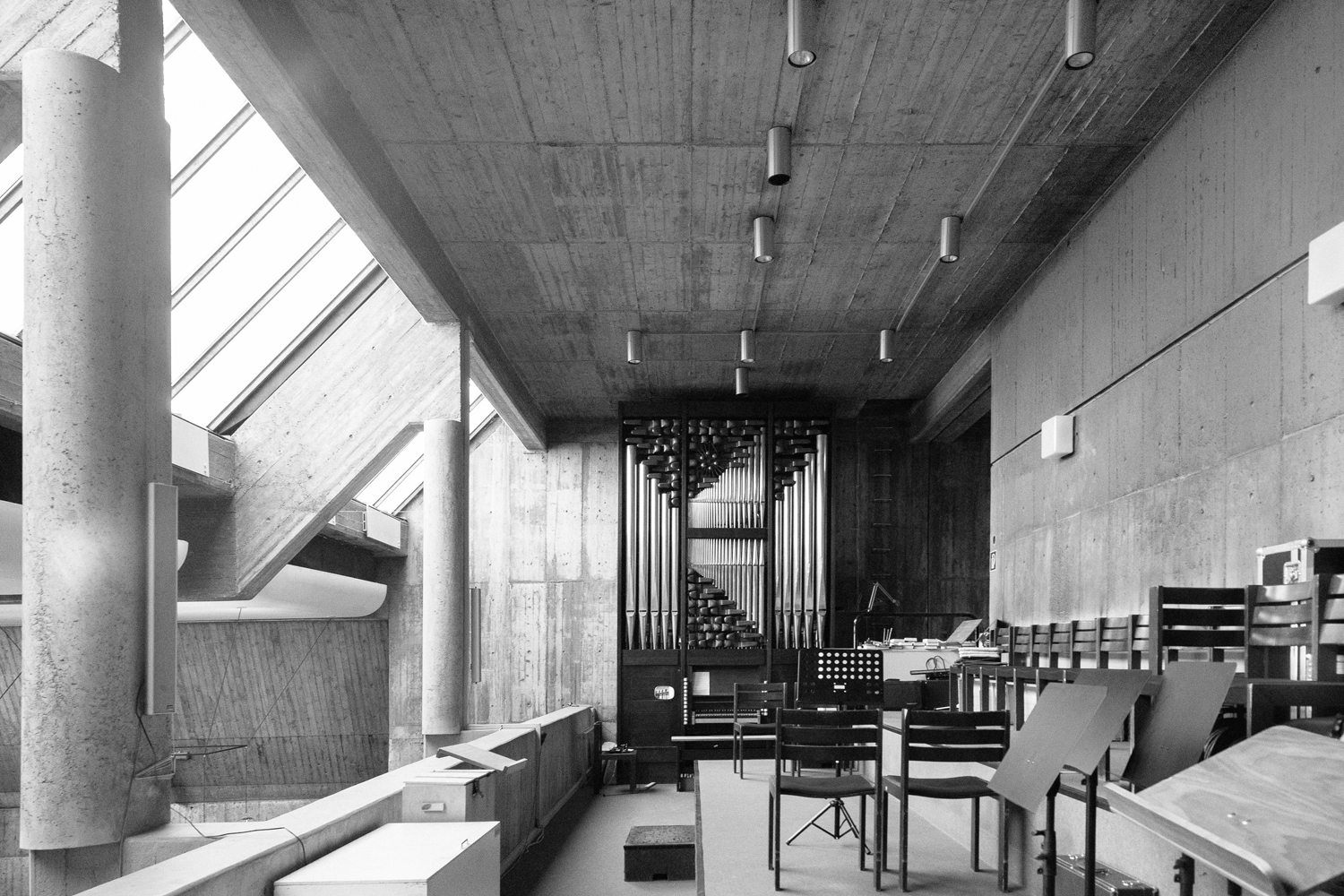
Gemeindezentrum Apostel Johannes (St John the Apostle Community Centre), Gerd Neumann / Dietmar Grötzebach / Günter Plessow, 1967-71. Although the exterior has been altered, the interior of this concrete church is richly sculptural
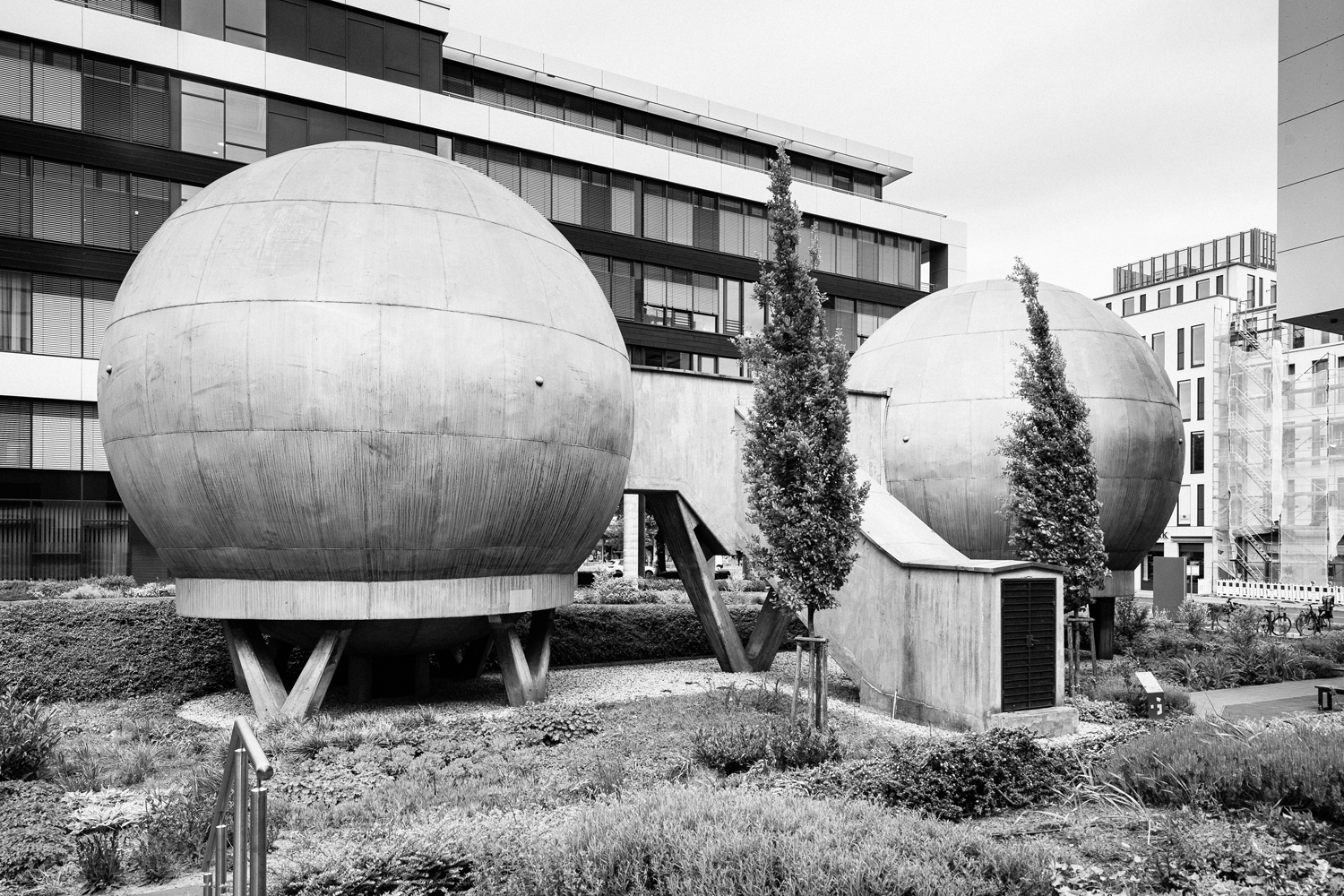
Isotherme Kugellabore (Isothermal Spherical Laboratories), Horst Welser, 1959-61. These East German scientific structures were built for aerospace material development but now stand as a memory of the Cold War
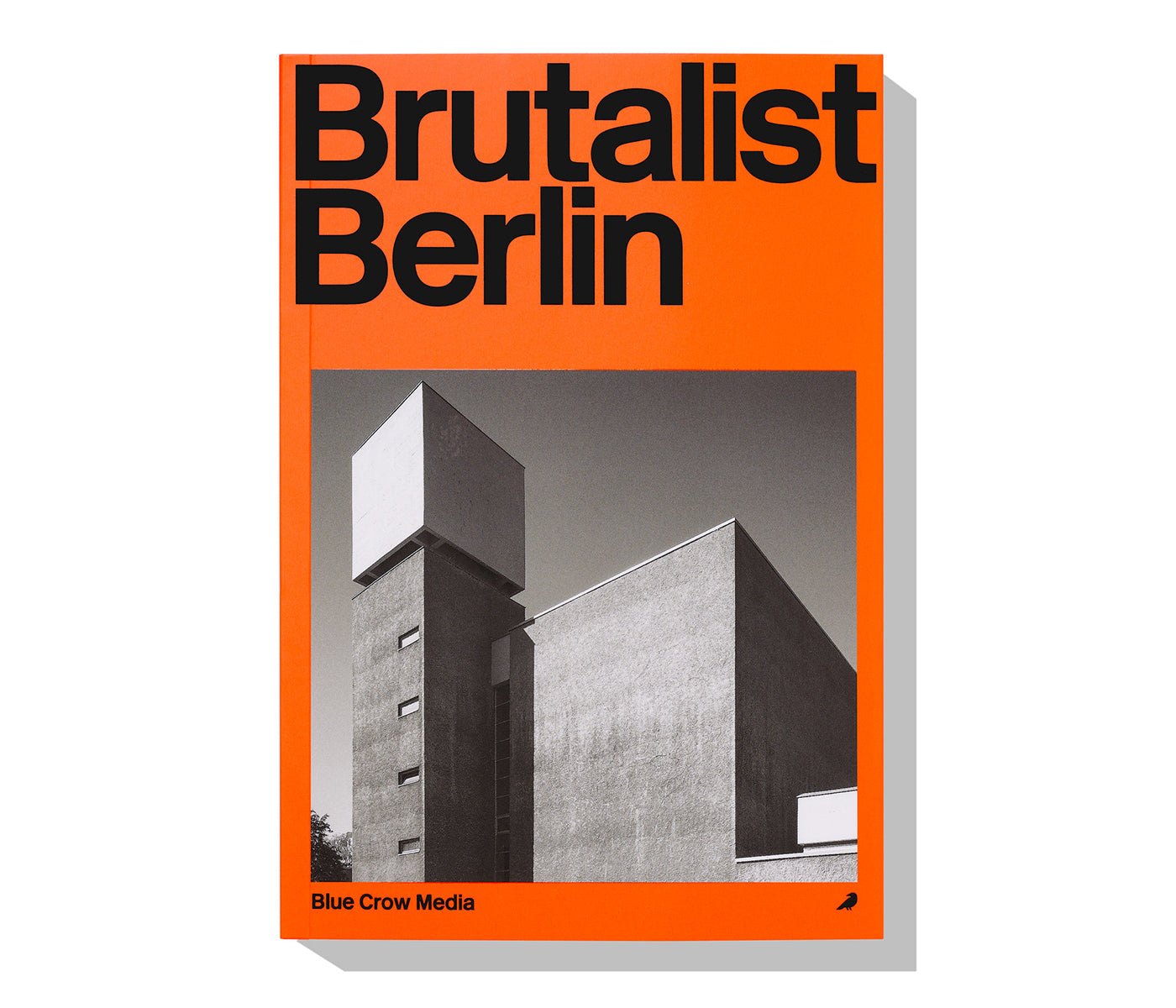
Brutalist Berlin, Dr Felix Torkar, £20/€25, Blue Crow Media, BlueCrowMedia.com
Receive our daily digest of inspiration, escapism and design stories from around the world direct to your inbox.
Jonathan Bell has written for Wallpaper* magazine since 1999, covering everything from architecture and transport design to books, tech and graphic design. He is now the magazine’s Transport and Technology Editor. Jonathan has written and edited 15 books, including Concept Car Design, 21st Century House, and The New Modern House. He is also the host of Wallpaper’s first podcast.
-
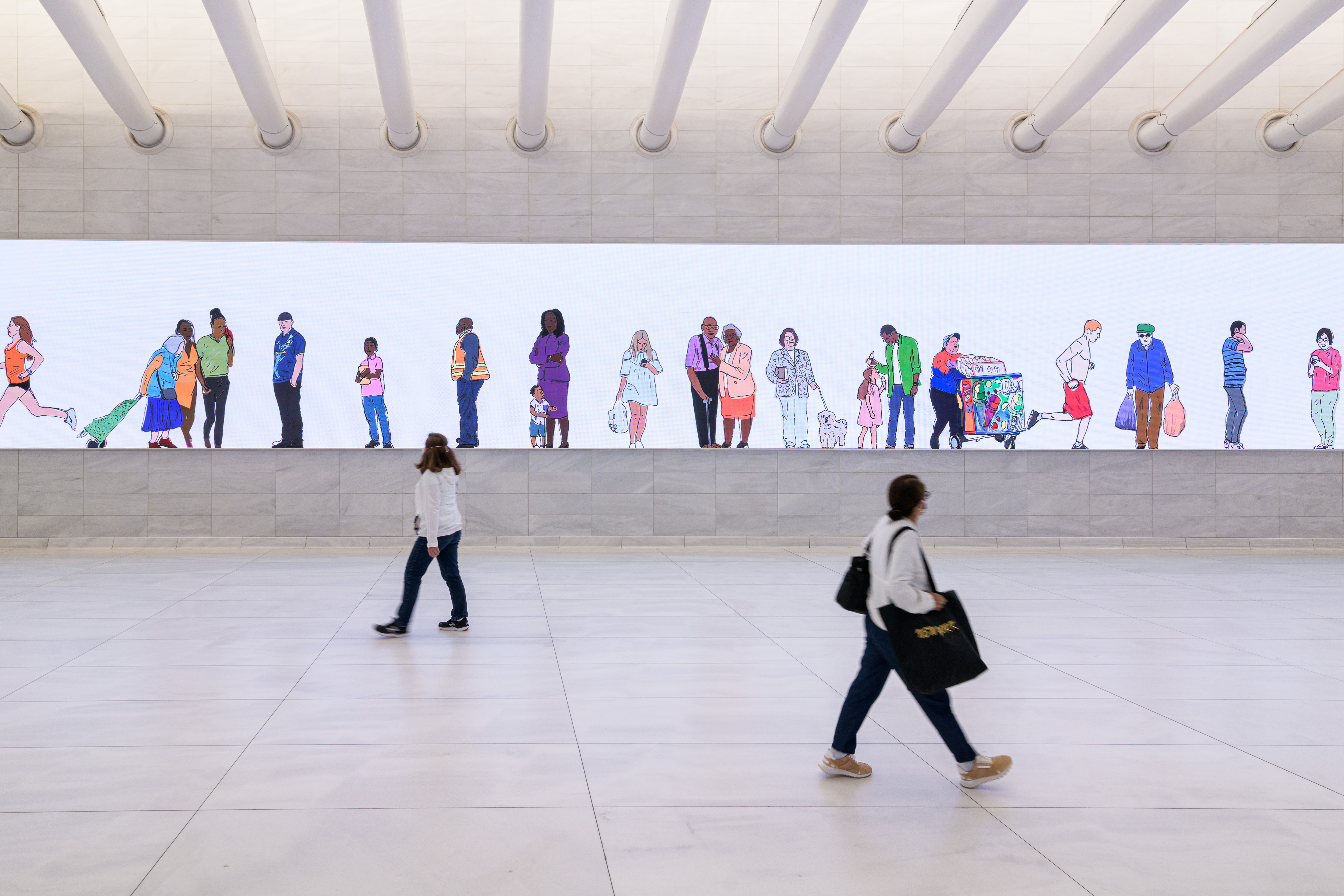 'Design at its most ambitious': meet the 2025 Royal Designers for Industry
'Design at its most ambitious': meet the 2025 Royal Designers for IndustryThe Royal Society for Arts announces the five new Royal Designers for Industry as well as two Honorary Royal Designers for Industry
-
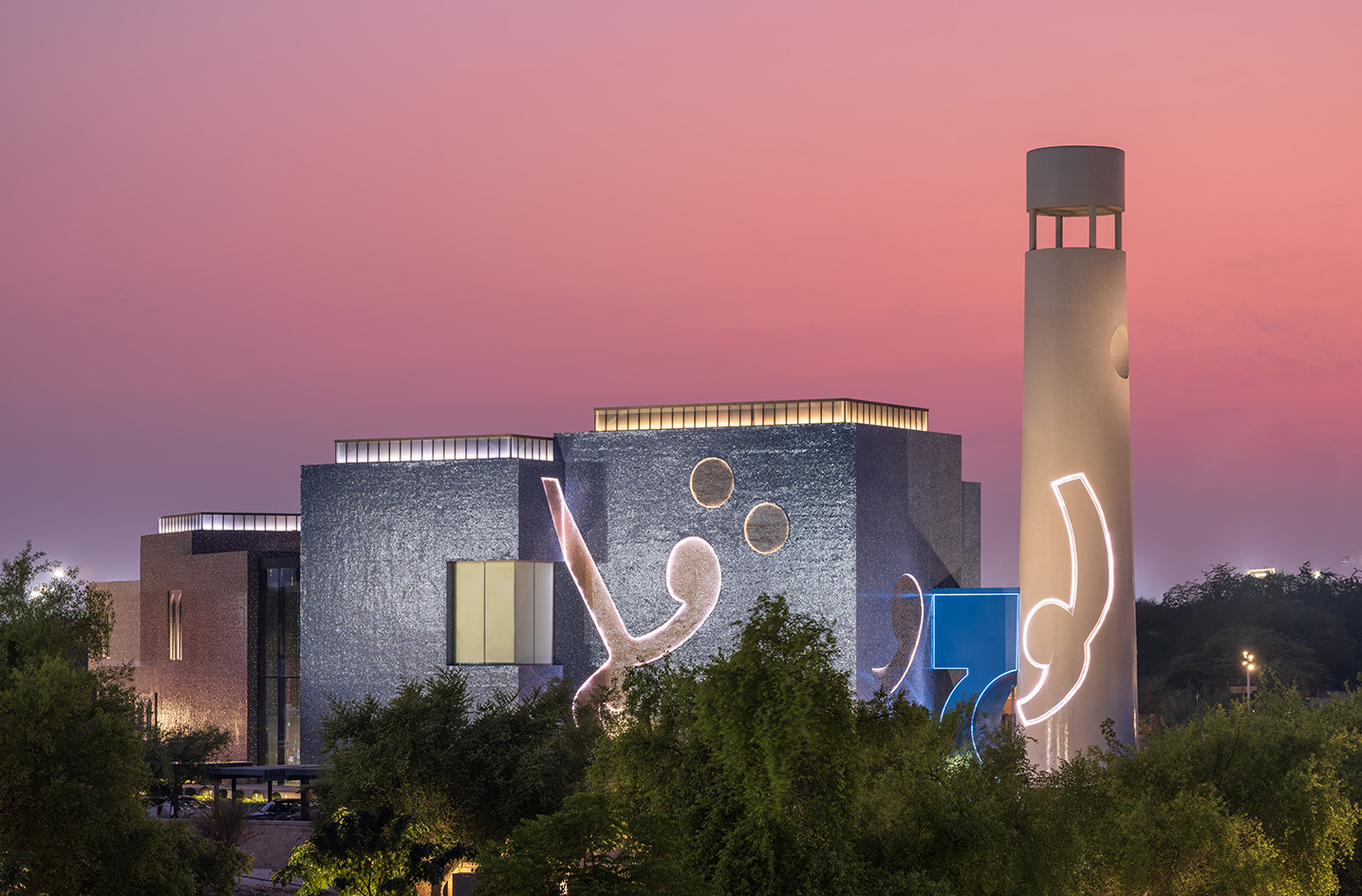 A new art museum brings colour, quirk and a celebration of creativity to Doha
A new art museum brings colour, quirk and a celebration of creativity to DohaLawh Wa Qalam: M. F. Husain Museum is awash with colour and character, courtesy of Indian architect Martand Khosla and the Qatar Foundation
-
 Out of office: The Wallpaper* editors’ picks of the week
Out of office: The Wallpaper* editors’ picks of the weekThis week, the Wallpaper* team had its finger on the pulse of architecture, interiors and fashion – while also scooping the latest on the Radiohead reunion and London’s buzziest pizza
-
 David Kohn’s first book, ‘Stages’, is unpredictable, experimental and informative
David Kohn’s first book, ‘Stages’, is unpredictable, experimental and informativeThe first book on David Kohn Architects focuses on the work of the award-winning London-based practice; ‘Stages’ is an innovative monograph in 12 parts
-
 Modernist Scotland explores the country’s impressive legacy of contemporary architecture
Modernist Scotland explores the country’s impressive legacy of contemporary architectureA new book, Modernist Scotland, delves into the art and ambitions of the International Style in post-war Scotland, presenting 150 projects that typify an age of optimism and innovation.
-
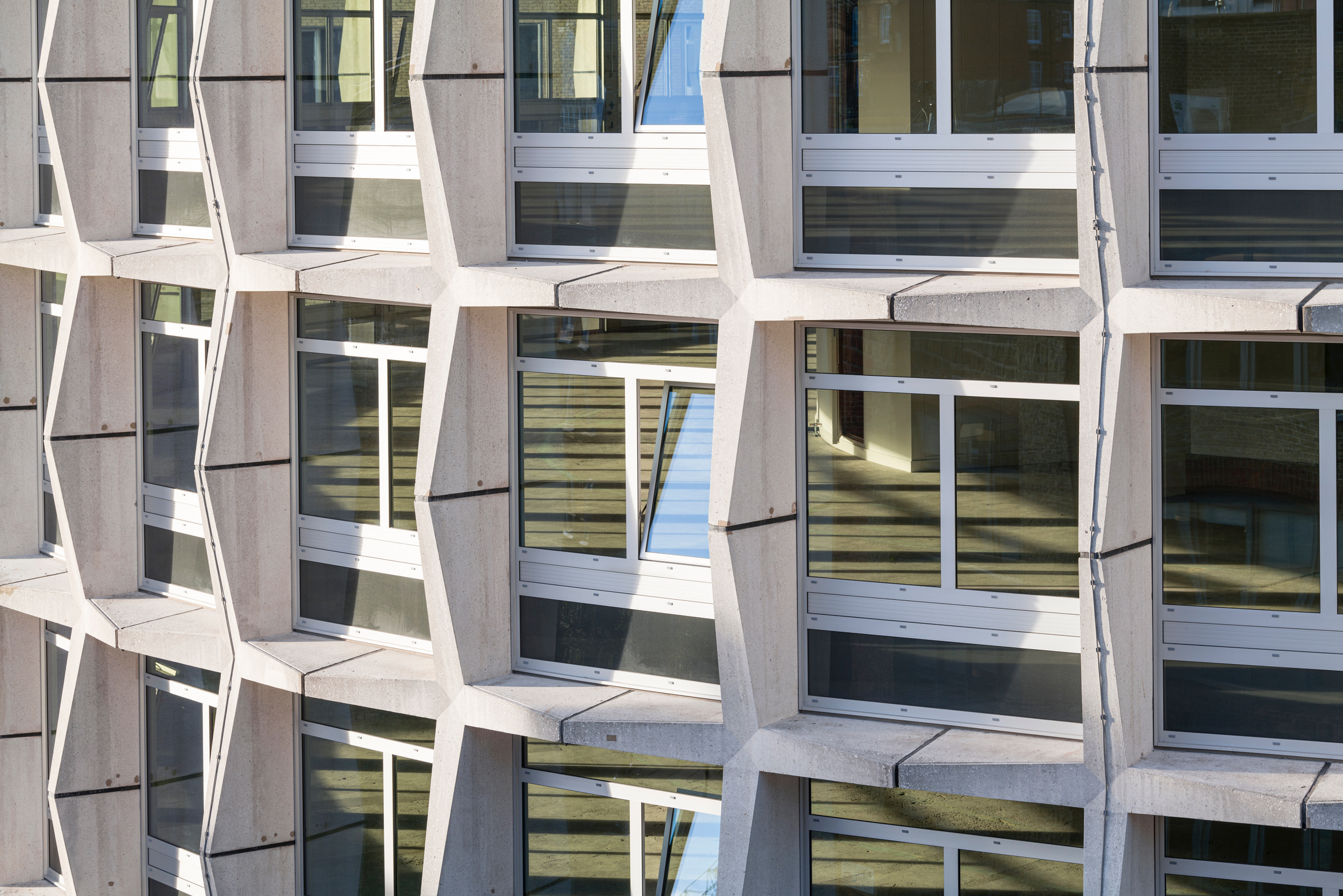 Richard Seifert's London: 'Urban, modern and bombastically brutalist'
Richard Seifert's London: 'Urban, modern and bombastically brutalist'London is full of Richard Seifert buildings, sprinkled with the 20th-century architect's magic and uncompromising style; here, we explore his prolific and, at times, controversial career
-
 The Architecture Edit: Wallpaper’s houses of the month
The Architecture Edit: Wallpaper’s houses of the monthFrom Malibu beach pads to cosy cabins blanketed in snow, Wallpaper* has featured some incredible homes this month. We profile our favourites below
-
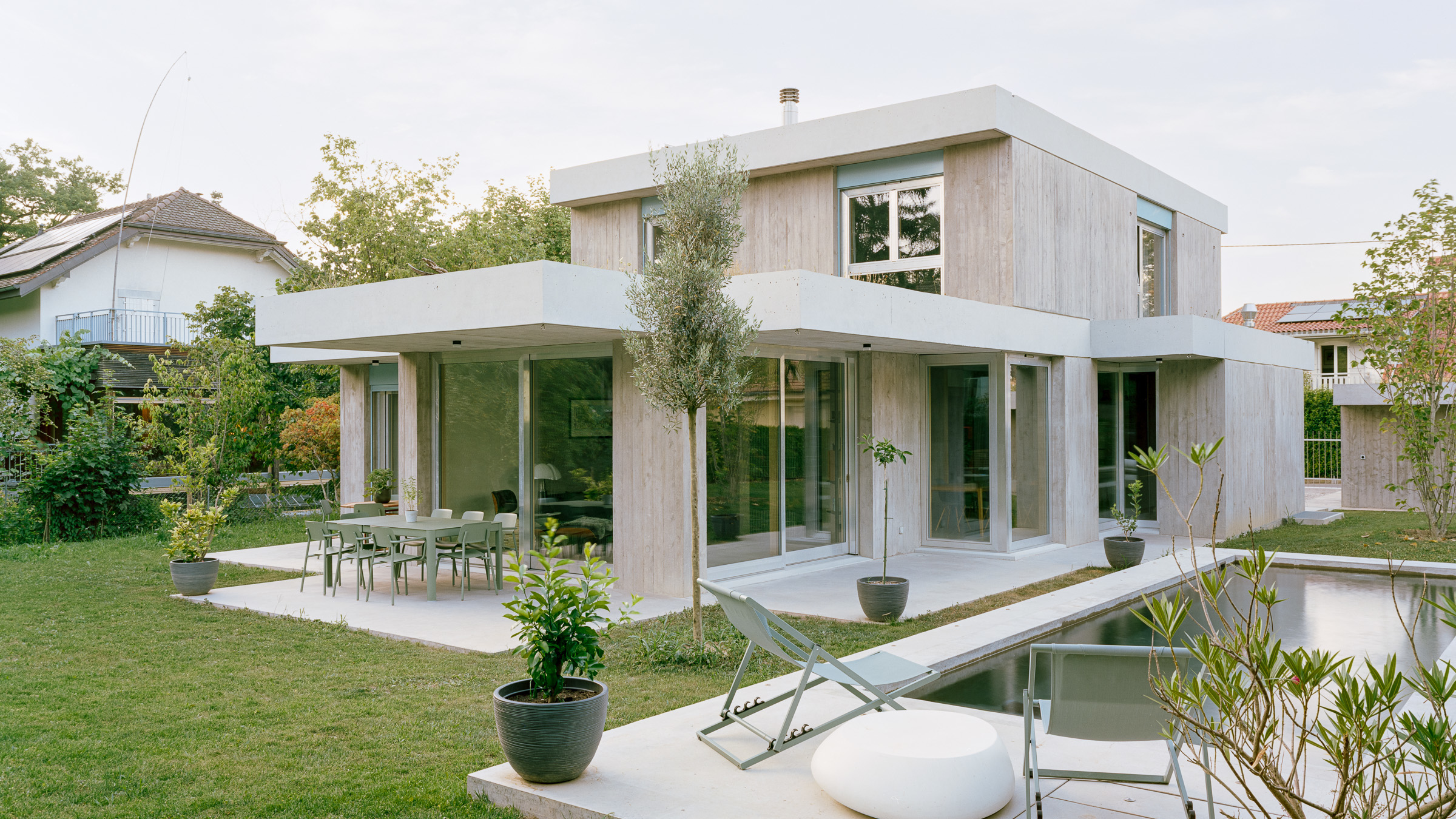 A neo-brutalist villa for an extended family elevates a Geneva suburb
A neo-brutalist villa for an extended family elevates a Geneva suburbLacroix Chessex Architectes pair cost-conscious concrete construction with rigorous details and spatial playfulness in this new villa near Geneva
-
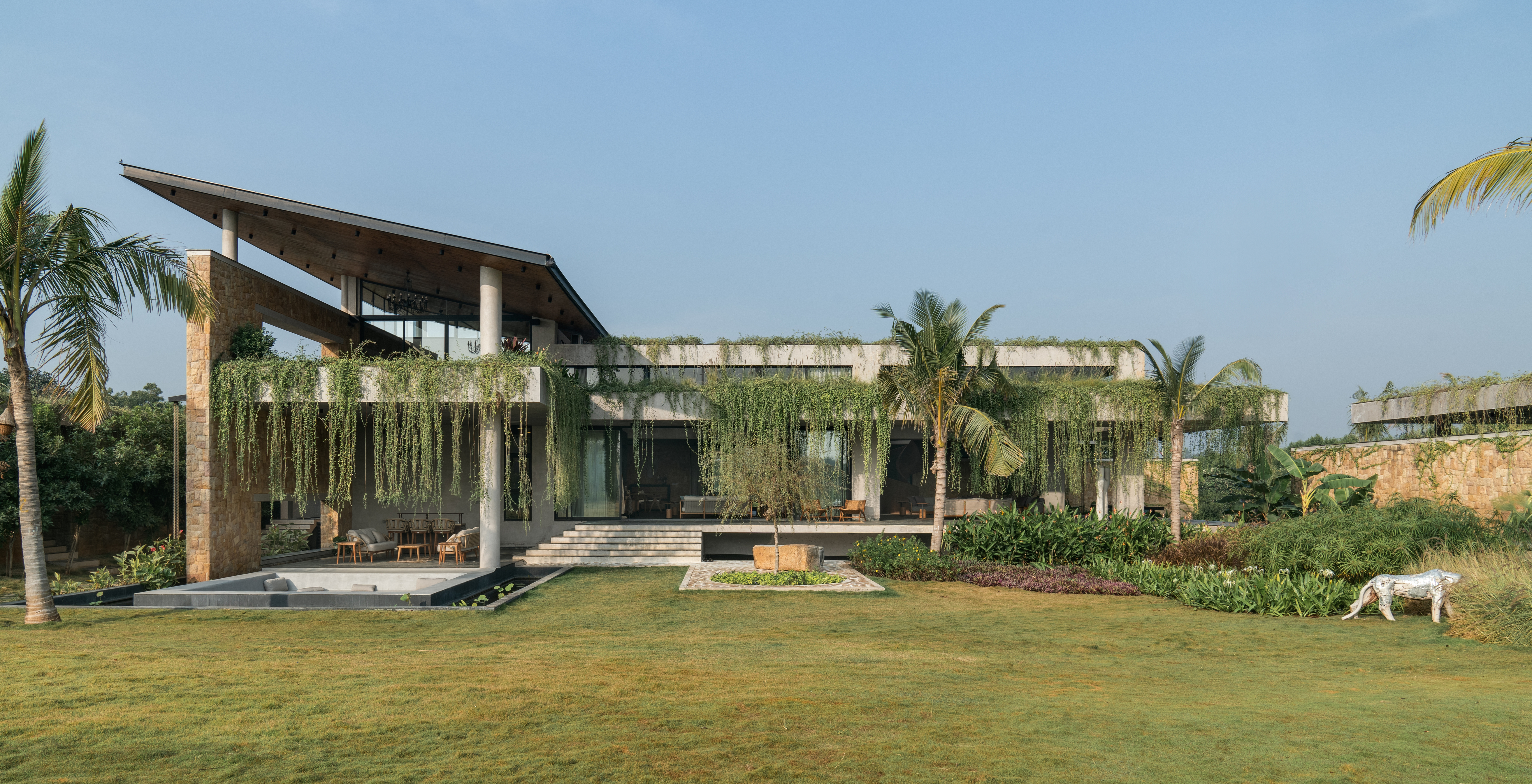 Cascading greenery softens the brutalist façade of this Hyderabad home
Cascading greenery softens the brutalist façade of this Hyderabad homeThe monolithic shell of this home evokes a familiar brutalist narrative, but designer 23 Degrees Design Shift softens the aesthetic by shrouding Antriya in lush planting
-
 Spice up the weekly shop at Mallorca’s brutalist supermarket
Spice up the weekly shop at Mallorca’s brutalist supermarketIn this brutalist supermarket, through the use of raw concrete, monolithic forms and modular elements, designer Minimal Studio hints at a critique of consumer culture
-
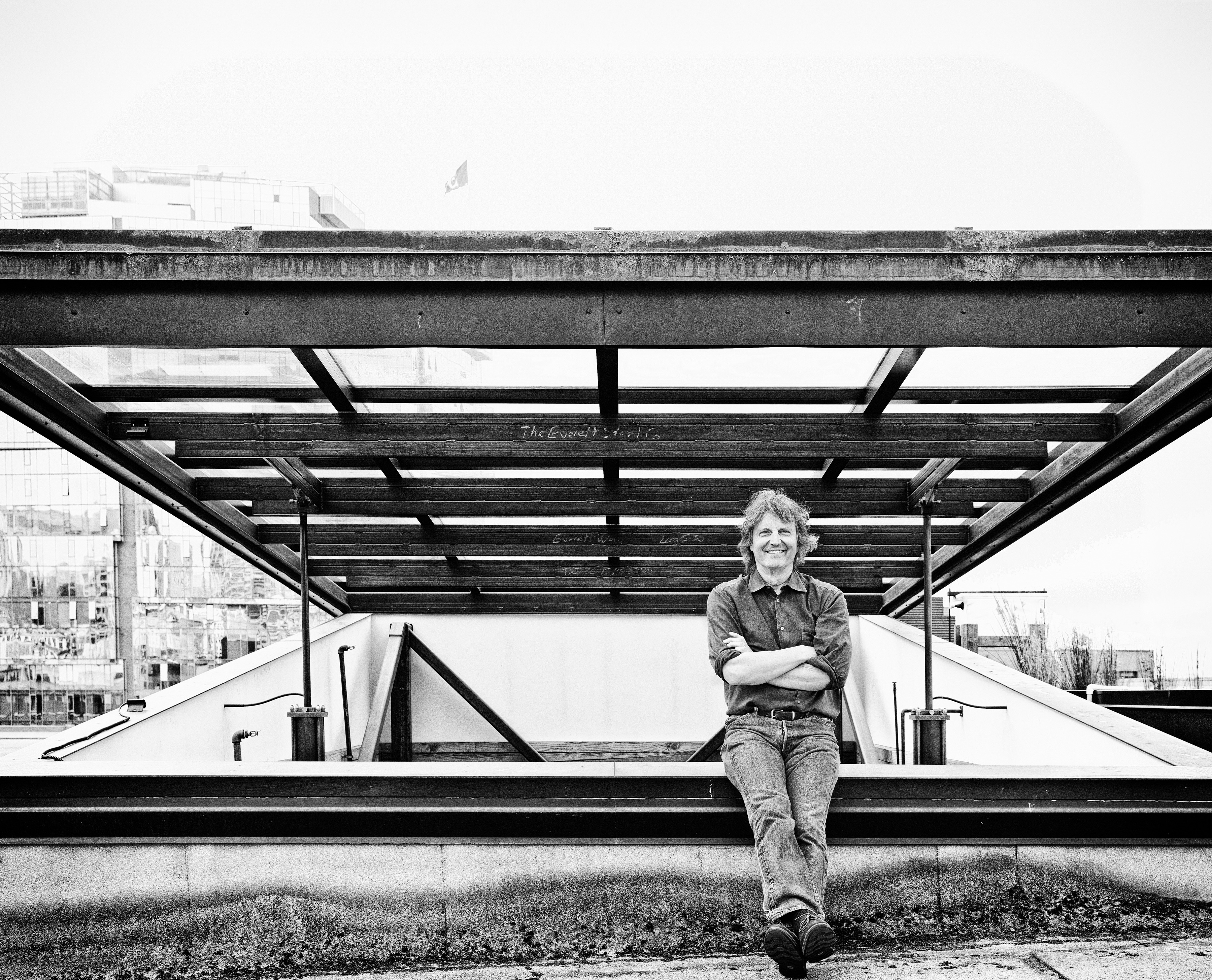 Explore Tom Kundig’s unusual houses, from studios on wheels to cabins slotted into boulders
Explore Tom Kundig’s unusual houses, from studios on wheels to cabins slotted into bouldersThe American architect’s entire residential portfolio is the subject of a comprehensive new book, ‘Tom Kundig: Complete Houses’